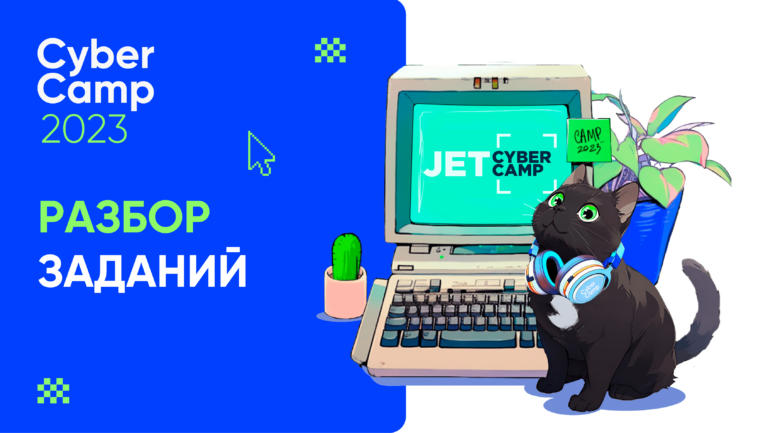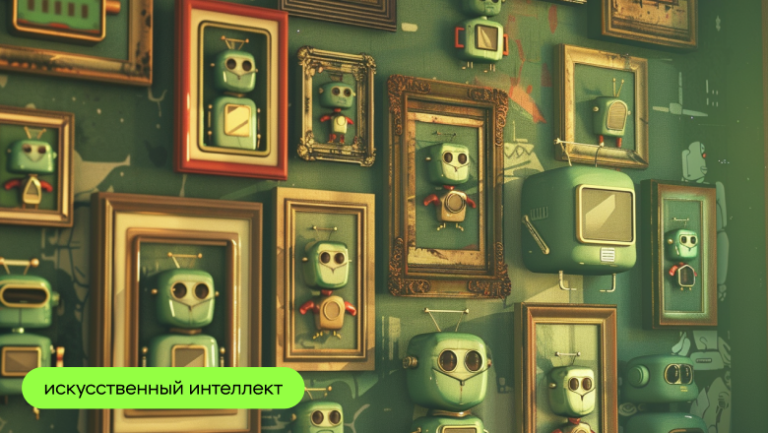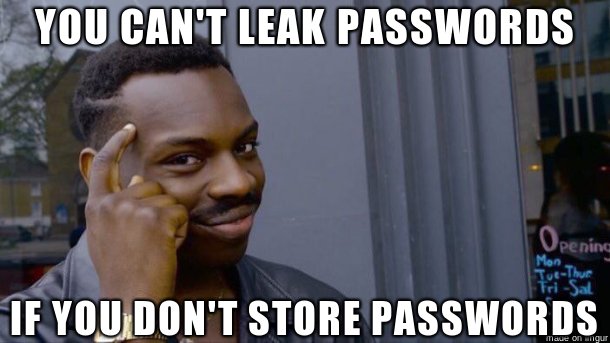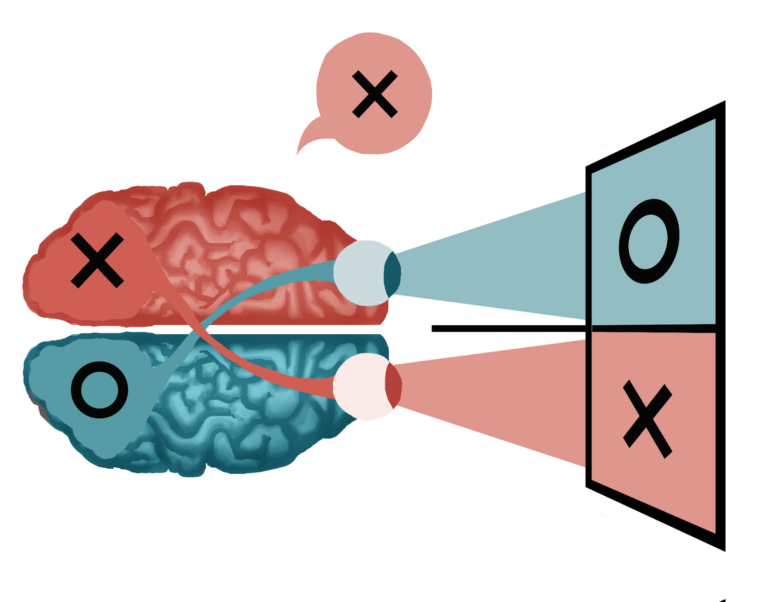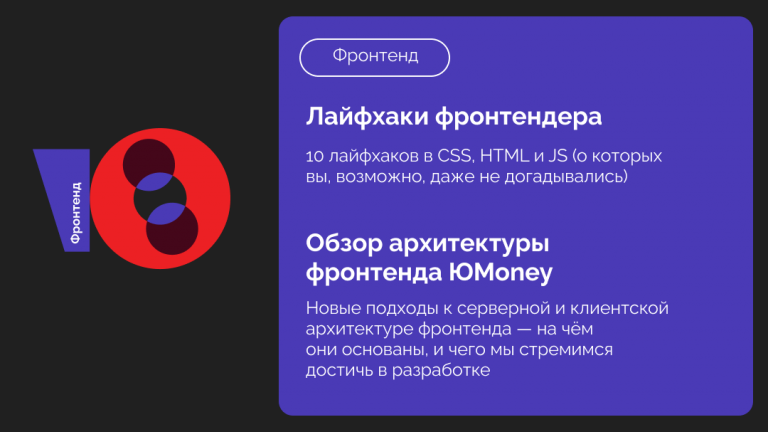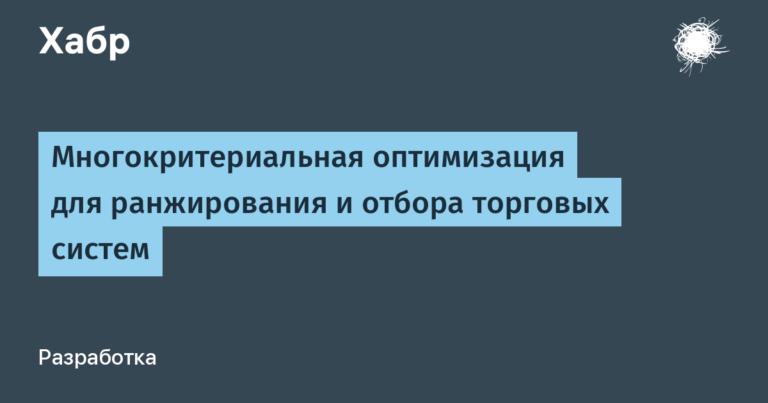How We Train Winners of Youth Robotics Olympiads at ITMO University
Earlier, we talked about how our international robotics laboratory works. We continue the topic and discuss projects-winners of the All-Russian and international competitions together with Igor Lositsky, head youth laboratory…
PS Yesterday we showed our robotic labs and discussed the victories of youth teams.
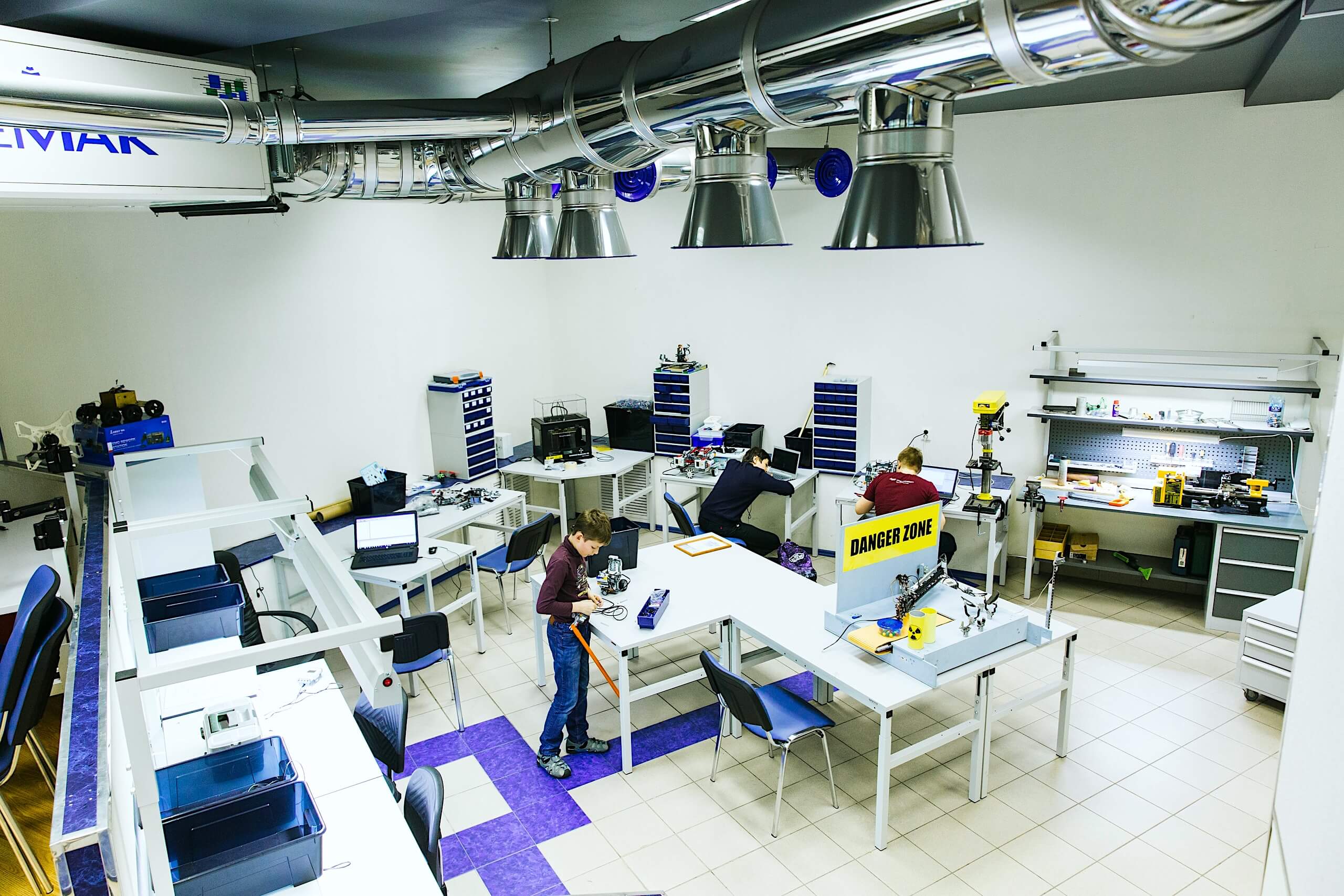
Listen to the conversation: Apple Podcasts · Yandex.Music · Podfm · Audio version on YouTube…
Acquaintance with the youth robotics laboratory
Timecode – 00:14
Dmitry: How many teams do you support and coach?
Igor: We always have about twenty people. Of these, we annually form three teams of three to five participants who make one project each. But we also have activities that do not require the formation of collectives. These are common projects.
Dmitry: Please tell us more about your laboratories…
Igor: It is small and, to some extent, originates from Lyceum No. 239. At that time it was a creative laboratory of robotics, where we made projects with the guys from Lego constructors, gradually adding something else to them for a change. At some point we were invited to ITMO University. Now we work with students, who are often formed from those who came to us to study while still at school.
Dmitry: Do they also teach in the laboratory?
Igor: Yes. We all learn from each other. It often happens that the guys know a lot more teachers. Such opportunities should not be missed. They grasp and transfer knowledge very quickly if they have succeeded in some discipline: mechanics, programming, 3D modeling. Sometimes we bring together younger participants, and the older ones share their experience.
Depending on the complexity of the topic and the number of students, we organize weekly seminars – for example, for six months or a couple of months (if you already have basic knowledge and you need to study the conventional structure of the simplest neural networks). But we analyze and approve even the shortest educational programs.
The path from school to international competition
Timecode – 04:09
Dmitry: Can we trace the path of your lab participants from school to competition projects? How do they get to you and develop within the team?
Igor: There are various options. Usually we we are recruiting in September… It includes interview and testing. It is still important to understand that the child has basic knowledge. Unfortunately, we do not have time to learn from scratch – we are preparing children for the largest competitions that can be in this area for beginner robotics. We try to take prizes in them.
Dmitry: How long does it take to prepare for such a competition?
Igor: If these are children from schools where everything is in order with mathematics and programming, and they themselves are interested, then six months is enough to enter the competitive level.
Dmitry: For what ages are these developmental options available?
Igor: There are different possibilities. It all depends on the individual characteristics of the person. We usually make the assignments progressively more difficult to see the progress of the students.
Dmitry: What might such a development trajectory look like?
Igor: There are types of trajectories for specific competitions. If we are talking about the World Robot Olympiad, then we are starting from the topic. This happens in the fall, and in January the organizers give refinements that can easily turn our ideas about what is expected from the participants of the Olympiad. In one such preparatory cycle, the initial theme was “smart cities”. We began to develop ideas around the appropriate solutions and directions for “smart homes”, but the revised version looked like “smart city management”, “smart education” and “smart workplace”.
Dmitry: Have you already had less than a year to make changes?
Igor: Less than six months. The finished project must be demonstrated at the end of May, and then a month later it must take part in the All-Russian Olympiad, where it is desirable to win. Although there is an expert selection, a more detailed version of the development is needed there. But if a person has just come to our laboratory, he is not obliged to immediately participate in the competitive cycle.
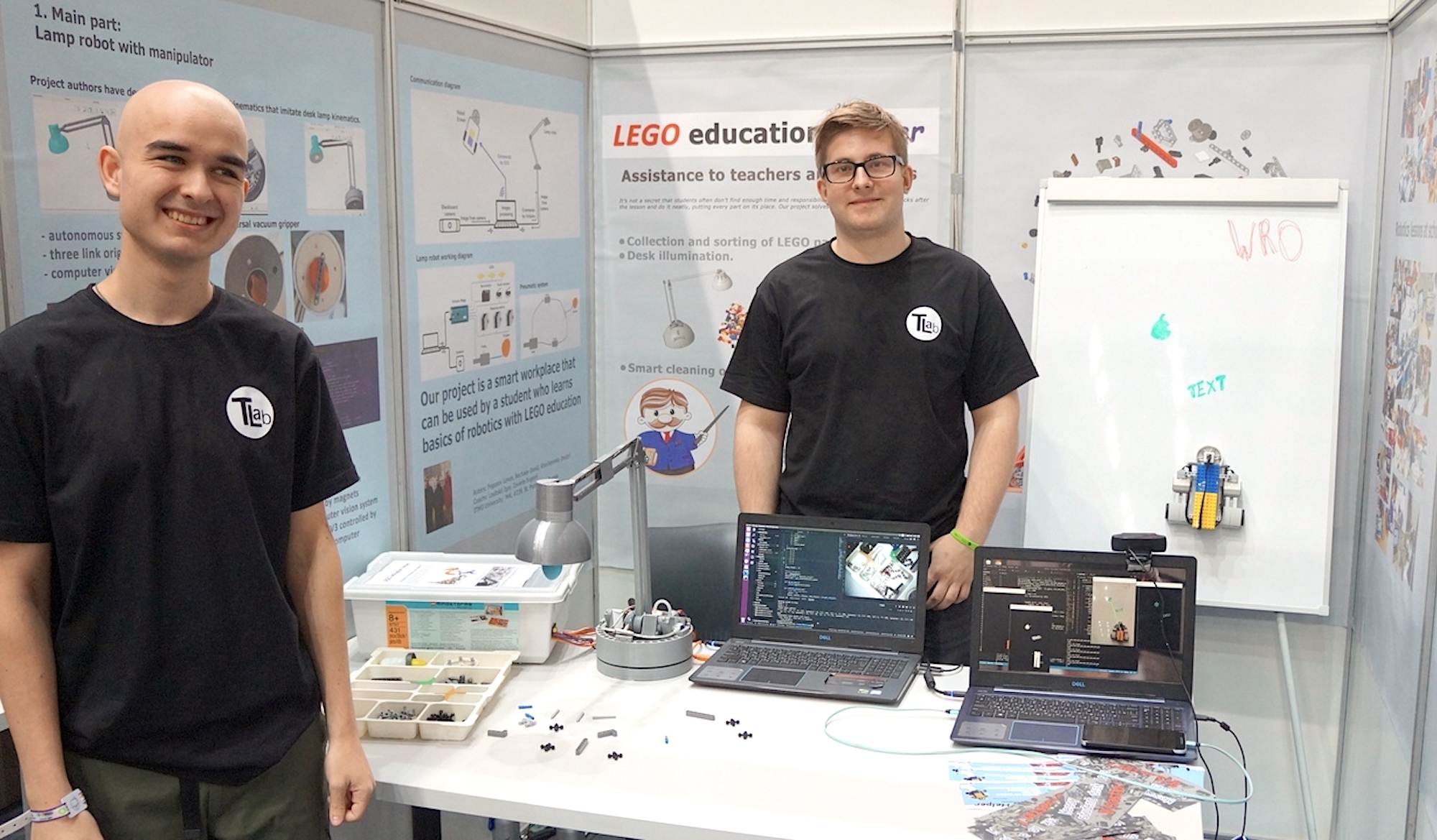
You can study with everyone, help others, do your own small projects, study some topic, but be out of any competition within the first year. This is normal.
Dmitry: All this also depends on the time that a person has.
Igor: Many people end up with serious projects. And before the competition.
Dmitry: Could you tell us about the most notable projects of recent years?
Igor: The most notable are champion projects. Every year we have either champions or prize winners of the competition. Since the beginning of our work, together with ITMO University, we have made two projects for the World Olympiad in India. It was manipulator armcontrolled by a Leap Motion sensor. Control can be remote, and the robotic arm itself, for example, be in an environment that is dangerous to humans. We took second place with this project.
There was also a development on the topic of the Arctic – a model of a system for cleaning barrels from fuel and lubricants. With her, we took fourth place, but then we improved everything and two years later we won the international RobotChallenge in China by a large margin.
After that we made a robot forester for the Olympiad in Costa Rica, but with other guys.
As a rule, the composition of the teams is not repeated. One person can join different teams, but their overall composition is always unique.
How Parents Can Appreciate Beginner Circles
Timecode – 12:05
Dmitry: How can parents recognize a child’s interest in this topic and help him figure it out – take the first steps and combine all this with the school curriculum?
Igor: I started this story exactly as a parent – I bought a robotics kit, we gradually put together small projects, and then I was invited to Lyceum No. 239, and success followed one another. How other parents might approach this is hard to say.
If there is not enough time to study at school, then it does not always make sense to add something from above. But if the child has time to do everything and is drawn to technology, and the parents are thinking about where to give him, they often choose robotic circles. Another question is how to understand where to give.
Dmitry: Now such circles began to appear with great speed. Are there some simple ways to understand this area and first assess the possibilities of the circle?
Igor: You have to look at the results. This usually allows you to see the level. For example, all-Russian competitions require qualifying stages in the regions. International – even more effort and understanding of what is expected to be seen at such events. If the circles have results, then yes – they teach there and most likely they do it well.
Examples of projects participating in the competition
Timecode – 15:57
Igor: We have what sets the youth robotics lab apart from others. This is an opportunity to express yourself in a creative atmosphere. Evgeny Zavarin and other teachers and I give the opportunity to design freely. It is very important to prepare “creatives” so that they retain the desire to invent and invent.
Often, even at major competitions, people stop at boring implementations. For example, there was the topic “food matters”. It was necessary to find new ways of farming or something like that, and many simply took ideas related to hydroponics…
We “grew” strawberries, but came up with an unexpected solution.
Dmitry: Please tell us about this project.
Igor: It was a stand-bed with scattered toy strawberries of three types: unripe, overripe and ripe. A manipulator with a camera moved along the rail. This is how we discovered where the strawberries were. They did it with the help of technical vision, calculated the coordinates, and using a neural network, they determined the properties of strawberries. You can control the system using the application: choose beds, see strawberries, order delivery of certain berries. The collection was carried out using a special soft grip, which we implemented together with our chemists, and the basic technology of the manipulator was invented at Harvard.
After picking, the strawberries were sent to the delivery quadcopter. Such a bed can be located on the conditional roof of an office center, and employees can place orders in the application.
Dmitry: Serious project. Even if you take a team of engineers with higher education, they will have to spend a significant amount of time to implement something like this.
Igor: If you do this not in a stand format, but for a real garden bed, of course, the task will be very, very laborious. We had some assumptions, but the project included a number of complex robotic tasks, which we spent a year preparing.
Dmitry: When you come up with ideas like this, are you mostly building on existing designs, or are the guys trying to make the core components from scratch?
Igor: We borrow and integrate something, but the concept is always original. These are not some inventions, but more of a solution to practical problems.
Dmitry: Was there any specialization within the team in this project?
Igor: Yes. We usually have it. But sometimes guys combine several directions.
There are other examples as well. So, we had robot flutist named Elsa… It was made by our student, who is already an undergraduate student. is he modeled the hands of the robot after the example of theirs.
Dmitry: Please tell us about the smart workplace project.
Igor: In it, we linked two themes – this and “smart education”. The result is a robot lamp. He could act as a lighting device, and after completing the thematic lesson, collect the details of the designer from the table. The neural network determined which parts were scattered on the table, and the pneumatic gripper picked them up and laid them out in the container cells.
Compact leads
Timecode – 24:05
Dmitry: What would you like to improve in your work?
Igor: We have a lot of ideas, and we don’t always have enough time, but I’m interested in doing this. We can afford to set any tasks – robotics does not have a narrow format, it includes, for example, the use of AI systems. But we strive for justified complexity, for originality, so that our developments find a response in the human soul, evoke emotions. Apart from the technical component, the interest of the developers themselves is important to us. Here we come to the concept of Art & Science, where science and art coexist.
What else do we have on Habré:
Robotics laboratories, fab lab and team victories at specialized Olympiads
“We do what few people did before us”: talking about infochemistry at ITMO Research
